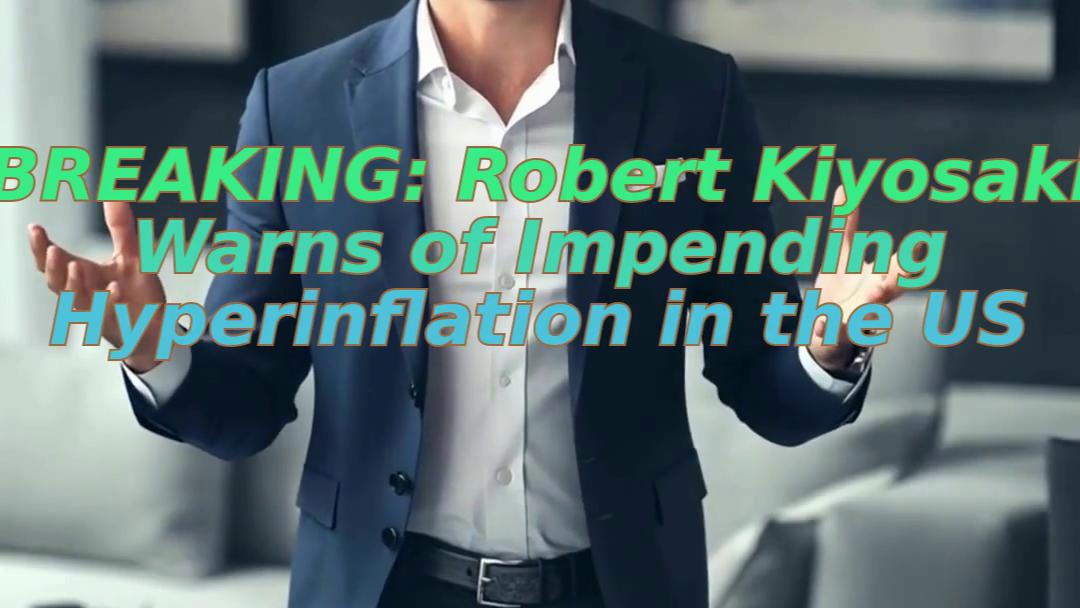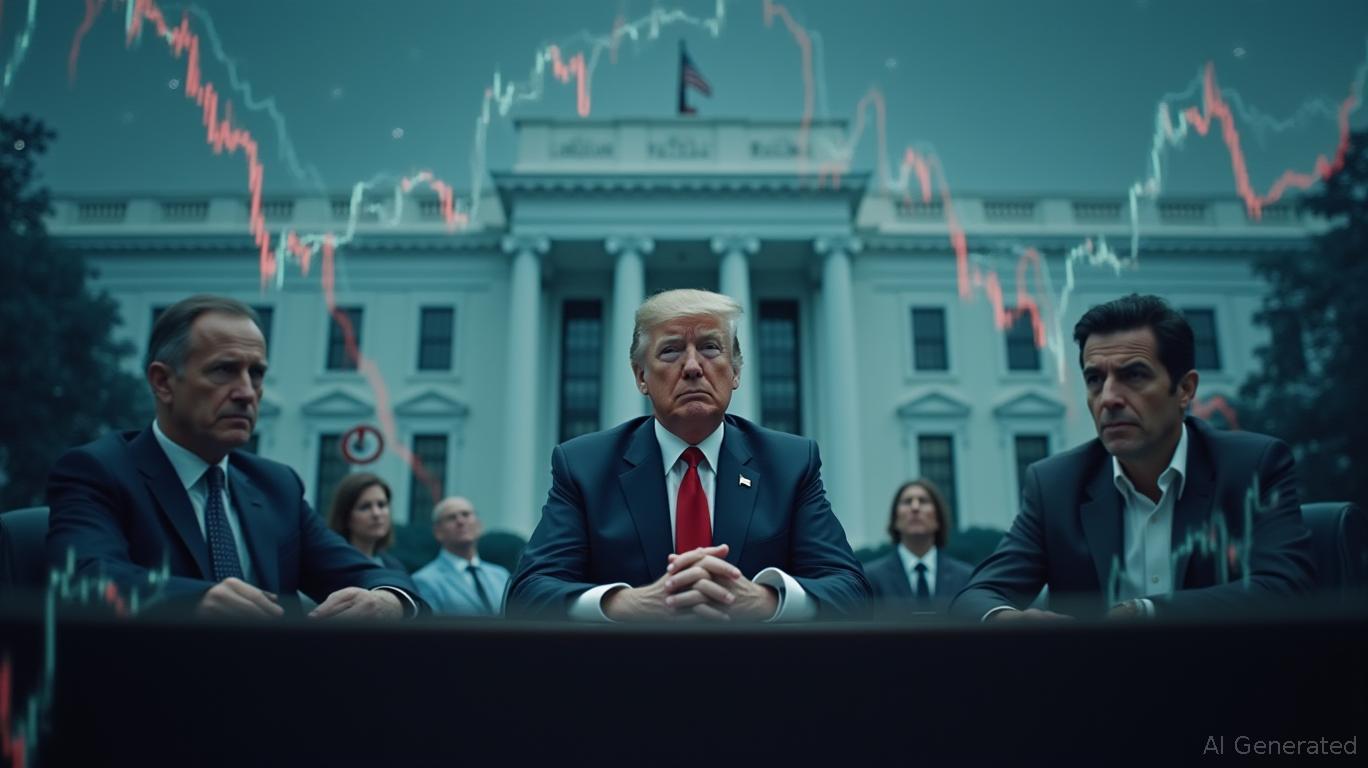The Fed's Overreach: Kevin Warsh Warns of Monetary Policy's Dangerous Drift
In the escalating debate over the Federal Reserve’s role in the economy, former Fed governor Kevin Warsh has emerged as a vocal critic, accusing the central bank of overstepping its mandate and exacerbating economic instability. His critiques, rooted in concerns over institutional overreach, flawed data reliance, and political entanglement, have profound implications for investors navigating the 2025 economic landscape. Here’s how Warsh’s warnings could reshape markets—and why investors should pay attention.
Warsh’s Case Against the Fed: A Breakdown
Warsh’s arguments hinge on five core critiques, each with direct consequences for monetary policy and asset prices:
- Beyond Its Lane: The Overreach Problem
Warsh argues the Fed has strayed far from its dual mandate of price stability and full employment. By commenting on fiscal policy, trade wars, and even political decisions, the Fed risks becoming a political tool rather than an independent institution. For instance, his condemnation of Fed minutes discussing the economic impacts of Trump’s tariffs highlights a dangerous encroachment into fiscal territory.
This politicization undermines the Fed’s credibility, as markets grow wary of its neutrality.
The Data Delusion
Warsh dismisses the Fed’s reliance on “stale” government data, such as the lagging GDP or employment reports, which are often revised retroactively. In fast-moving markets, this reliance creates decision-making delays. “The Fed is driving with rearview mirrors,” he quipped in a 2024 speech.Forward Guidance: A Tool Gone Stale
The Fed’s practice of signaling future rate moves—a tool born in the aftermath of the 2008 crisis—has outlived its usefulness, Warsh claims. In “normal times,” he argues, such guidance creates market distortions and overreliance on central bank “mood swings.”Inflation: A Man-Made Crisis
Unlike mainstream economists who blame pandemic supply-chain disruptions, Warsh attributes rising inflation (e.g., a 6% surge in egg prices between February and March 2025) to excessive government spending and Fed-driven quantitative easing. “Inflation is a choice, and the Fed has made bad choices,” he wrote in a Wall Street Journal op-ed.Political Entanglement Risks
Warsh’s advocacy for the Fed to avoid political battles clashes with Trump’s demands for rate cuts to offset tariff-driven inflation. This tension raises fears of a Fed chair replaced by 2026—a scenario that could further erode institutional independence.
Market Implications: Navigating the Storm
Warsh’s vision for a reformed Fed—stripped of non-monetary responsibilities and guided by real-time data—could redefine investment strategies:
Interest Rates and Equities: A Warsh-led Fed prioritizing growth over inflation might accelerate rate cuts, boosting equities. However, this risks reigniting inflation, creating volatility.
Currency and Commodities: A politically influenced Fed could weaken the dollar, benefiting commodities like gold and emerging-market currencies.
Yield Curve Dynamics: A focus on growth might steepen the yield curve, favoring long-term Treasuries. Investors in 30-year bonds could benefit, but short-term rates might lag.
The Bottom Line: Risks and Opportunities
Warsh’s warnings underscore a critical dilemma: Can the Fed balance independence with accountability? If his reforms gain traction, markets may face a Fed less prone to market-moving speculation but more vulnerable to political whims.
Investors should:
- Diversify into inflation hedges: Gold, real estate, and commodities (e.g., energy ETFs) could buffer against rising prices.
- Monitor Fed-chair succession: A Trump-backed replacement for Powell by 2026 could trigger a sell-off in bonds and a rally in equities.
- Avoid overexposure to dollar-denominated assets: A weakened greenback may favor emerging markets and commodities.
Warsh’s critique is a stark reminder: central bank overreach isn’t just a policy issue—it’s a market-moving force. With inflation at 4.2% (as of Q2 2025) and the Fed’s credibility under siege, investors ignore these risks at their peril.

In conclusion, Warsh’s arguments—though contentious—highlight vulnerabilities in the Fed’s current approach. For investors, the path forward demands vigilance: stay agile, diversify defenses against inflation, and prepare for a Fed that may soon be less a guardian of stability and more a political lightning rod. The stakes, as always, are global—and the risks, exponential.


_442a2dcc1749832873286.jpeg)
_e68fac6d1749831664430.jpeg)





